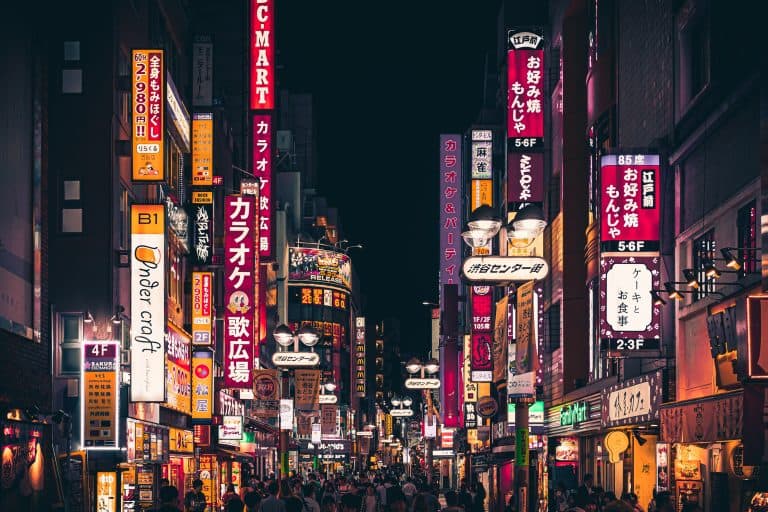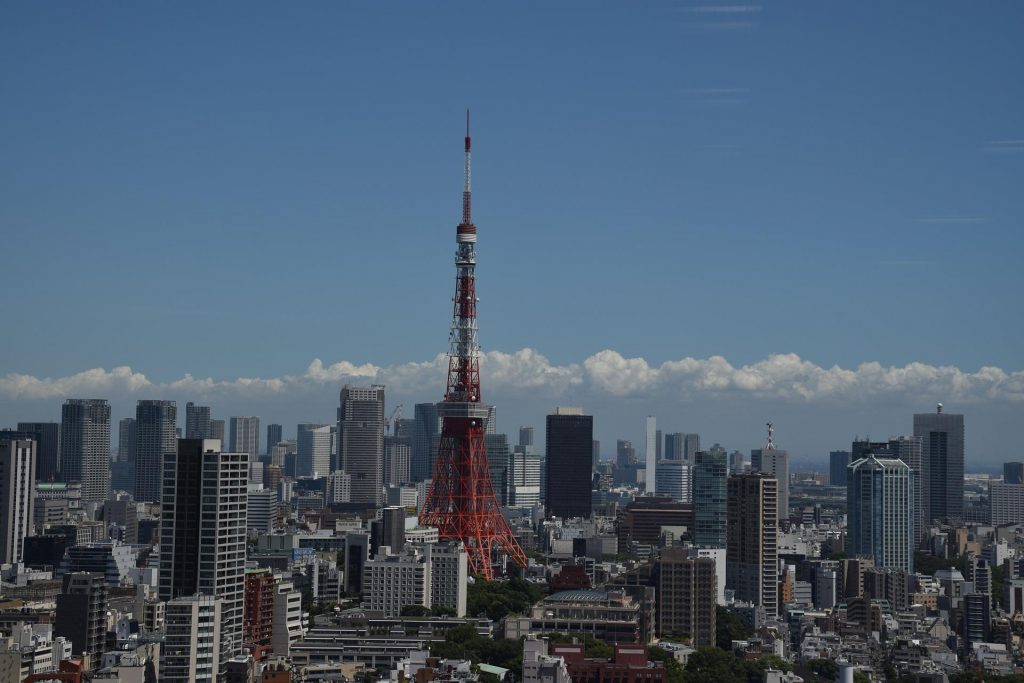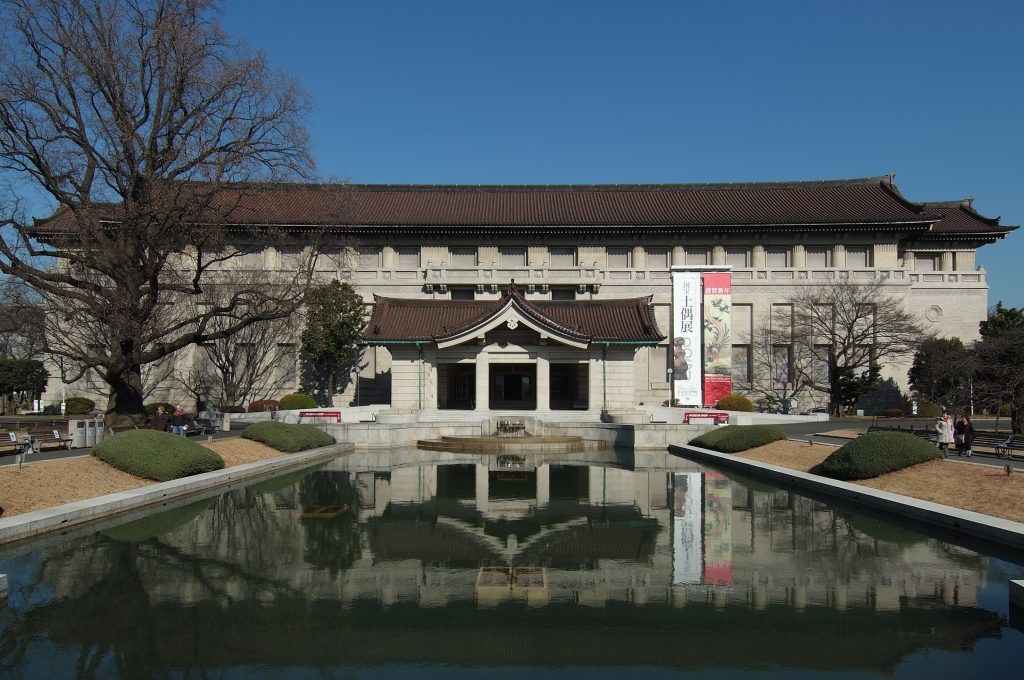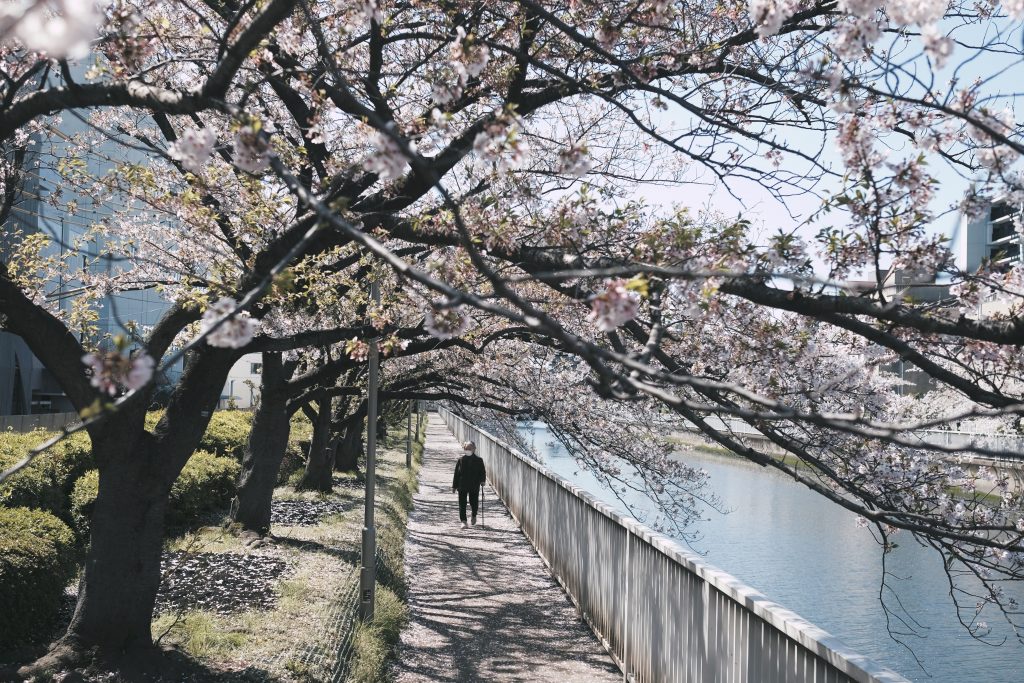Guia de viagem Tóquio

O que fazer em Tóquio?
Tóquio oferece muitas maneiras de se divertir e explorar a cidade, seja para conhecer a sua vida noturna, ou admirar sua rica herança cultural. No entanto, se você está procurando um lugar para relaxar, há muitos jardins onde você pode descansar, com um piquenique e desfrutar de um pouco de paz e tranquilidade. A cidade tem o melhor dos dois mundos com a cultura japonesa tradicional e a cultura japonesa moderna.
Os turistas também podem visitar diversos locais diferentes como o Palácio Imperial, que oferece uma ótima oportunidade para absorver um pouco da cultura nos vários museus da cidade, ou apreciar todas as vistas do topo da Torre de Tóquio. O Mercado de Peixes de Tsukiji, por exemplo, está sempre cheio de atividade e oferece uma grande oportunidade de ver como o maior mercado de peixes do Japão funciona.
Quais pontos turísticos visitar?
Tóquio oferece muitos pontos para os turistas explorarem, pois existem muitas atrações turísticas pela cidade, que os visitantes podem conhecer e desfrutar. Algumas das atrações turísticas mais populares incluem a Torre de Tóquio, o Templo Sensoji e o Palácio Imperial. No entanto, também é possível explorar a vida noturna de Tóquio, que foi classificada como uma das melhores cidades de vida noturna da Ásia pelo Traveler’s Choice Awards da Lonely Planet.
Na cidade pode encontrar muitas coisas para fazer, seja para explorar a cidade à noite ou passar o dia explorando as peincipais atrações da cidade, veja algumas delas a seguir:
1. Torre de Tóquio

A Torre de Tóquio tem 333 metros de altura, o que a torna a torre de aço autoportante mais alta da Terra. Além disso, a torre possui dois observatórios a 150 metros de altura, que oferecem vistas de 360 graus de Tóquio.
2. Palácio Imperial

O Palácio Imperial foi originalmente construído em 1867 e chamado de Castelo Edo. No entanto, o local é um grande parque com um belo jardim, o palácio é o único remanescente em Tóquio, e tem sido a casa do imperador do Japão desde 1868.
3. Museu Nacional

Fundado em 1872, e localizado no Parque Ueno, o Museu Nacional de Tóquio foi reconhecido como um dos museus mais importantes do Japão. O local fica aberto das 9h30 às 17h30 todos os dias, exceto às segundas-feiras.
4. Parque Ueno

O Parque Ueno ocupa uma área de cerca de 22 hectares, e oferece uma variedade de atrações para todos os tipos de visitantes, de crianças a idosos. Há uma série de diferentes jardins, lagos e trilhas para caminhada para explorar, bem como muitas esculturas e monumentos para admirar.
5. Mercado Tsukiji

O Mercado de Tsukiji é uma das atrações mais populares de Tóquio para os turistas, pois oferece uma variedade incrível de produtos alimentícios frescos, incluindo frutos do mar, legumes, frutas e muito mais. O local fica aberto 24 horas por dia e é um dos melhores lugares para se visitar em Tóquio.
Onde se hospedar em Tóquio?
Tóquio é uma cidade vibrante com muitas atrações turísticas e uma grande variedade de opções de acomodação. Tóquio tem o maior número de hotéis do mundo, uma vez que existem mais de 150.000 hotéis na cidade. A primeira coisa que você deve fazer é descobrir onde você quer ficar em Tóquio, pois há muitos distritos para escolher e cada um tem sua própria vibração, por isso é importante estar atento ao que você deseja antes de reservar um hotel ou albergue.
Shibuya
Shibuya é uma das 23 alas especiais de Tóquio, e tem sido um destino turístico popular. O distrito é conhecido por seus muitos shopping centers, restaurantes e vida noturna. O local também é o berço da famosa marca de moda do Japão, Uniqlo. Além disso, a região oferece muitas coisas para os turistas, como compras, comida deliciosa e vida noturna agitada. No entanto, há também muitos museus para explorar se você quiser aprender mais sobre a cultura japonesa.
O distrito é o lar de alguns dos edifícios e estabelecimentos mais conhecidos do Japão, como a Estação Shibuya, a estátua Hachiko e a livraria Tsutaya, além de oferecer uma ampla gama de opções de entretenimento, incluindo compras, restaurantes e vida noturna.
Asakusa
Asakusa é um dos bairros mais antigos de Tóquio e conta com muitas lojas tradicionais, além disso, possui dois belos templos que são muito populares entre os turistas, sendo um deles o Templo Sensoji, construído em 645 d.C. Este bairro oferece muitas coisas a seus visitantes, e também está perto de outras atrações turísticas populares, como o Parque Ueno e a Tokyo Skytree.
O bairro de Asakusa existe desde 1800 e era originalmente uma vila de pescadores no Rio Sumida, onde se tornou um importante centro de transporte, antes mesmo de se tornar um distrito de entretenimento após a Segunda Guerra Mundial. No entanto, atualmente o local é o lar de alguns dos marcos mais famosos de Tóquio.
Shinjuku
Shinjuku é conhecido como um dos bairros mais movimentados de Tóquio, além disso, o local também é conhecido como um ponto de entretenimento, com sua famosa Ponte Golden Gate e o Teatro Kabuki-za. O bairro abriga muitos edifícios históricos, como o Shinjuku Koma Theatre e o Shinjuku Central Park, que existem desde antes da Segunda Guerra Mundial.
Shinjuku tem muitos locais de entretenimento e compras para os turistas, há também muitos restaurantes e lojas tradicionais japoneses para os turistas explorarem. No entanto, o bairro tem muita história por trás, além de ser o local da primeira estação ferroviária do Japão, este distrito é uma visita obrigatória para qualquer turista que visita Tóquio, Japão.
Akihabara
Akihabara é um dos melhores lugares para os turistas visitarem em Tóquio, pois proporciona uma história rica e tem muito a oferecer. O bairro também é conhecido por seus clubes de acolhimento, que são estabelecimentos onde os homens podem pagar para se divertirem com as anfitriãs.
Akihabara é um bairro interessante porque oferece um vislumbre da cultura e história japonesas. Por exemplo, você pode encontrar cafés para empregadas domésticas, lojas de anime e até cafés para gatos em Akihabara. Além desses aspectos únicos de Akihabara, o bairro também oferece muitas oportunidades para os turistas, como compras e passeios turísticos.
O nome Akihabara vem de “ahi” que significa “carpa” e “hara” que significa “aldeia”. A área foi uma vila de carpintaria, mas depois ficou conhecida como uma cidade de eletrônicos.
Ginza
Ginza é um dos bairros mais populares para os turistas, devido às suas opções de compras e entretenimento, além disso o local tem uma longa história que remonta ao período Edo, quando era uma área conhecida como Honjo. O nome “Ginza” vem da empresa fundada pelo empresário britânico William Copeland em 1869: “Kabaya Ginzan”, que vendia seda e chá. No entanto, a área logo ficou conhecida como “Ginzan”.
O bairro já foi o centro da vida noturna de Tóquio, mas com a ascensão de Shinjuku como distrito de entretenimento na década de 1970, Ginza perdeu um pouco de seu brilho. A região ainda é uma área comercial e de negócios animada, e possui muitas lojas de departamento, boutiques e restaurantes.